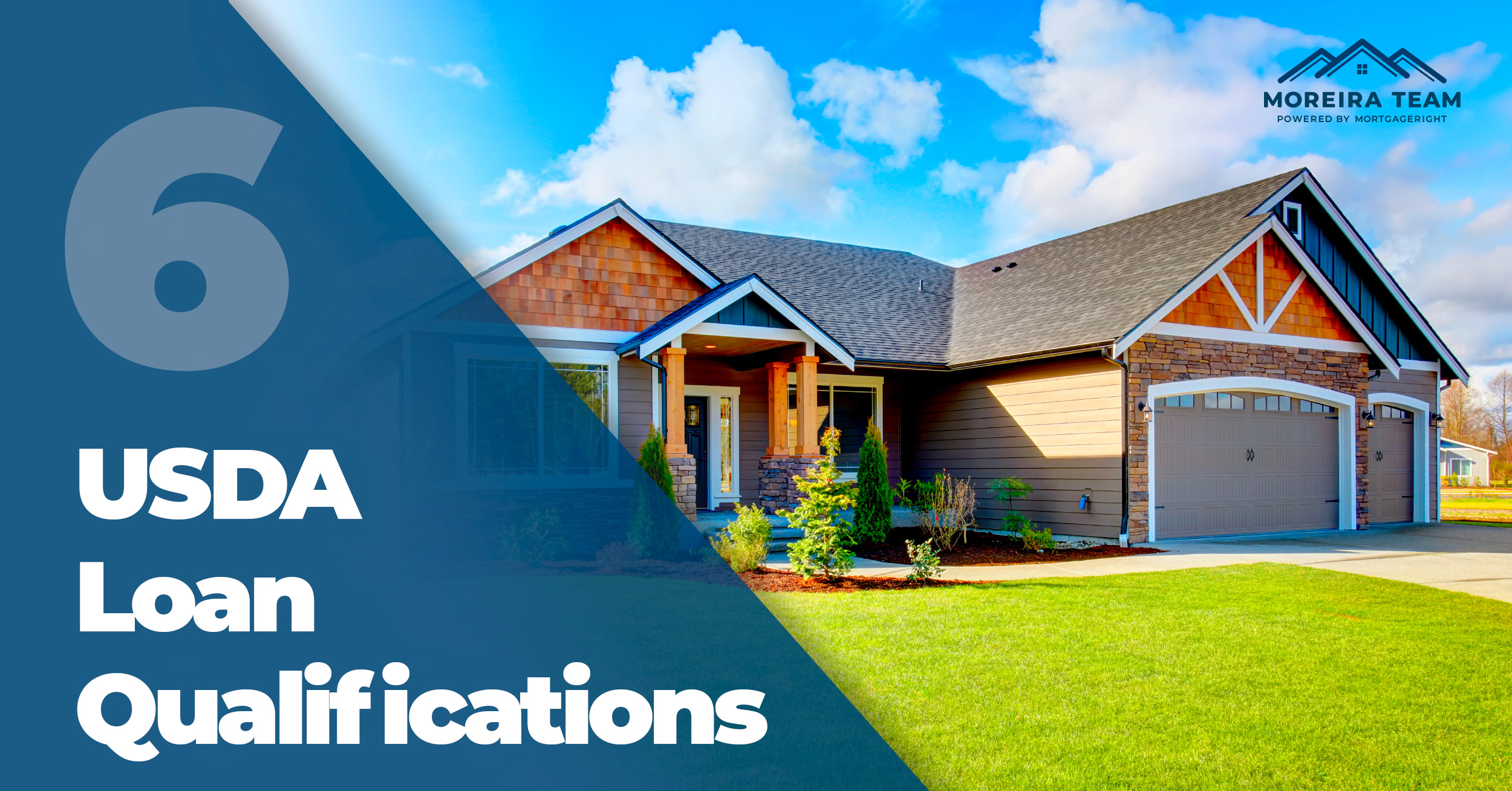
In this article
Qualifications for USDA Loans – Keep reading for the best information.
In addition to no down payment and 100% financing, USDA home loans offer a number of other key advantages to eligible homebuyers. If you and your property qualify for a USDA loan, you will also benefit from lower-than-average mortgage interest rates AND lower-than-average private mortgage insurance (PMI), as well!

We recommend you check out the rest of the articles in this series for additional information on USDA home loans:
Part 1: What is a USDA Home Loan?
Part 2: Income Limits
Part 3: Credit Score
Part 4: Property & Location Eligibility
Part 5: Loan Process & Timeline
Let’s take a look at two key benefits of USDA home loans:
Qualifications for USDA Loans – Lower Mortgage Insurance Premiums
Certain home loans will require the borrower to pay private mortgage insurance (PMI) premiums with each monthly bill. These are non-refundable fees designed to mitigate risk for the lender. They are taking a chance on a borrower who isn’t putting as much money down, so they require these PMI fees to be paid each month until a certain payoff milestone has been reached.
Generally, mortgage insurance payments must be paid until at least 20% of the principal loan amount is paid off. Let’s say you are buying a $300,000 home and qualify for a mortgage loan that doesn’t require a 20% down payment. Common examples include USDA loans, FHA loans, VA loans, and even some conventional home loans. You will be paying mortgage insurance until $60,000 of the principal loan value is paid off on your $300,000 loan.
Keeping in mind that most mortgage loans are front-loaded with higher interest-to-principal payment ratios, you will be saddled with PMI for some time if you only make the minimum monthly principal payments. However, it is a fair trade-off to qualify for a home loan and not put as much money down.
Obviously, one of the best advantages of a USDA home loan is the ability to qualify with zero down payment. This means PMI will be required when you have one of these loans. The good news, however, is that mortgage insurance rates are typically lower for USDA loans than other comparable loan programs.
The average annual mortgage insurance rate on a USDA loan is 0.35%. Compare this to the 0.85% rate on an FHA loan. Using our $300,000 home purchase example, this adds up to $1,050 a year for a USDA loan ($87.50 a month) versus $2,550 a year ($212.50 a month). This is quite a savings!
Understand that if you don’t put any money down toward your USDA loan, then you will likely be paying your PMI longer compared to an FHA loan, which requires 3.5% down. Still, it adds up to less money overall in most comparable mortgage situations.
There is also an upfront mortgage insurance fee required. This is sometimes rolled into the loan itself or can be paid as part of the closing costs. Again, the USDA offers a lower rate of 1% of the total loan amount compared to 1.75% for an FHA loan.
Qualifications for USDA Loans – Lower Interest Rates
It’s hard to get more specific into mortgage interest rates because they change constantly. It is safe to say that borrowers of USDA, FHA and VA loans can usually qualify for lower-than-market interest rates compared to conventional loans. However, the rate does depend on the borrower’s financial situation, the type of loan and how much money they are able to put down upfront.
Of the three, USDA loans generally offer the best mortgage rates when compared against average interest rates for FHA and VA loans.
Qualifications for USDA Loans are not difficult but it is advised that you try and match every step required. If you need help just pick up the phone and give us a call.
One other important difference to point out is that USDA loans can only be used on 30-year fixed-rate mortgage loans. FHA loans do offer more flexibility with both 30-year and 15-year fixed mortgages and adjustable-rate mortgage (ARM) options, as well. USDA loans also must be used for single-family primary residences, whereas FHA loans can be used for 1-4 unit primary residences.
If you think you might be eligible for a USDA loan and want to explore your USDA home buying opportunities, contact Moreira Team today to get started on your home loan pre-approval. We can help you crunch the numbers and explore your best mortgage options.
If you need more help with Qualifications for USDA Loans then get in touch now!

